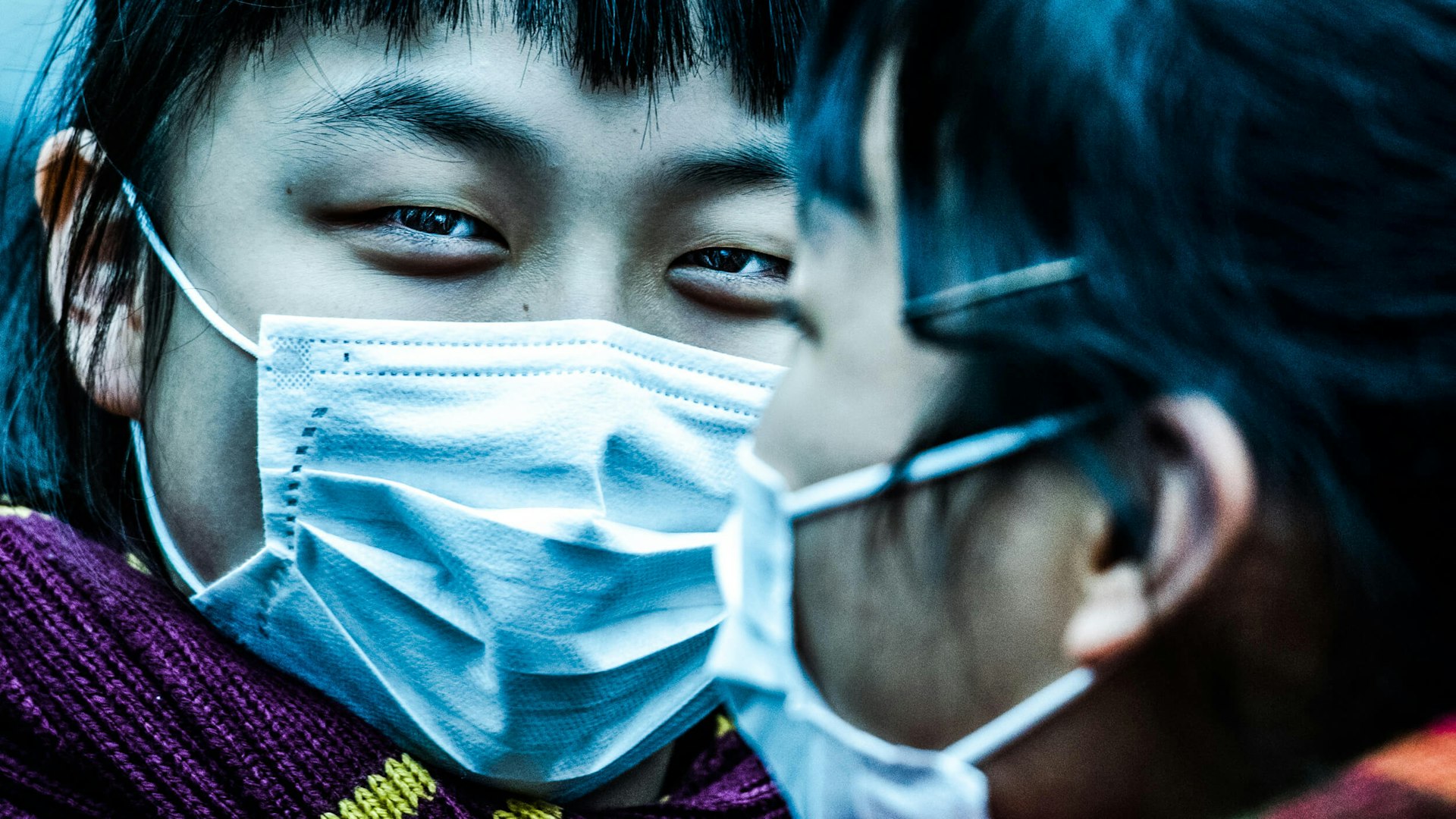
Voyeuristic portraits of Tokyo’s hidden faces
- Text by Niall Flynn
- Photography by Oleg Tolstoy
Last year, while staying in Tokyo, Oleg Tolstoy became well acquainted with hidden faces.
Standing on the corner of the Shibuya Crossing – one of the busiest intersections in the world – he was met with a sight that anyone who’s visited the city knows all too well: floods of people, hiding their features behind white, near-identical surgical masks.
In Japan, masks are primarily worn by those who have come down with an illness, so as not to breath germs all over colleagues or fellow commuters. As Nippon explains, the custom first developed as a reaction to the outbreak of Spanish flu in 1918, which killed between 257,000 and 481,000 people.
In 2003, medical supply company Unicharm introduced a pollen prevention mask (according to a Ministry of Health, Labour and Welfare survey, one in three of the country’s 127 million people suffer from hayfever). Today, masks have become so commonplace that the fashion world has embraced them, with boutique stores offering a number of different variations and designs.
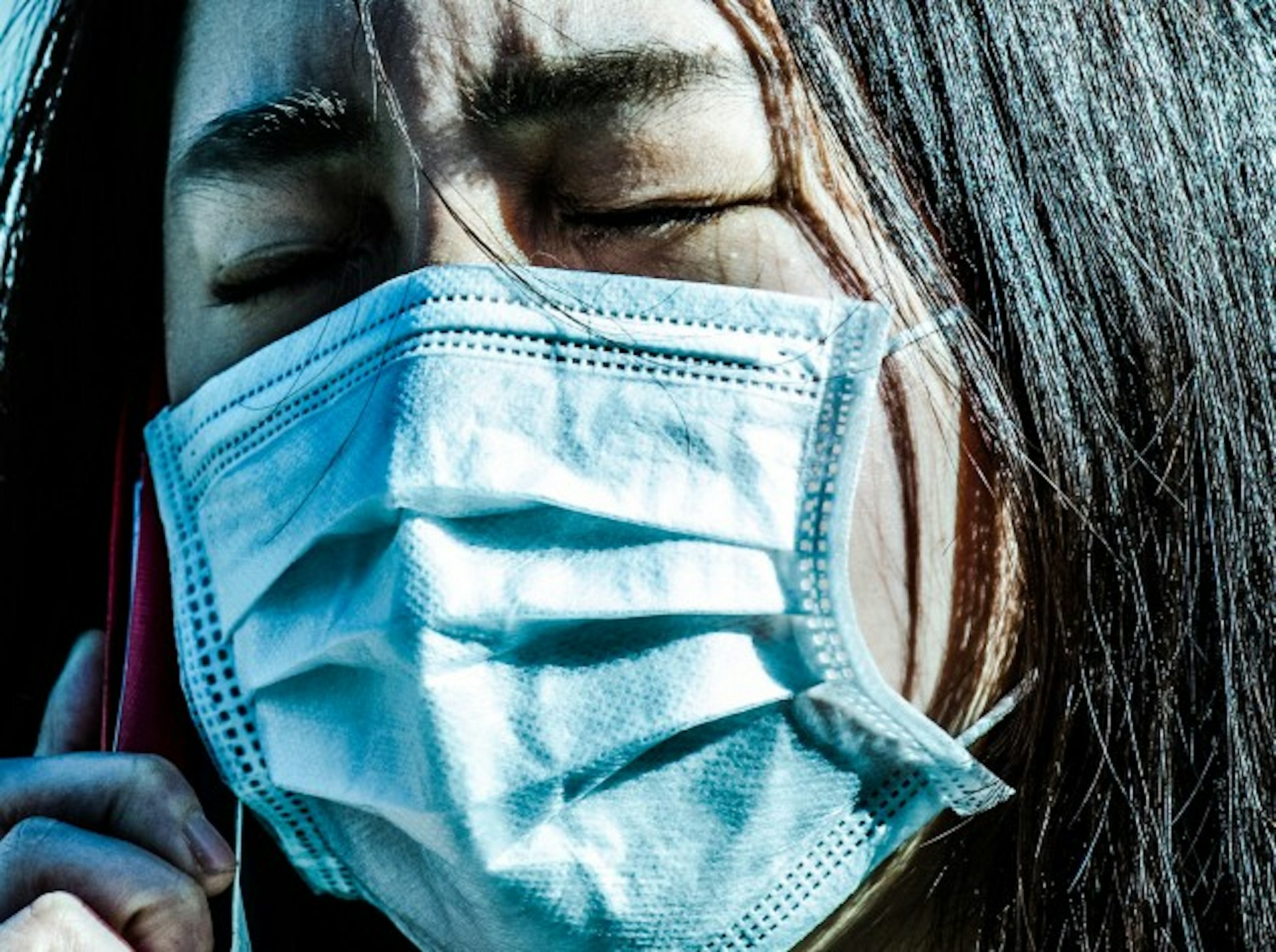
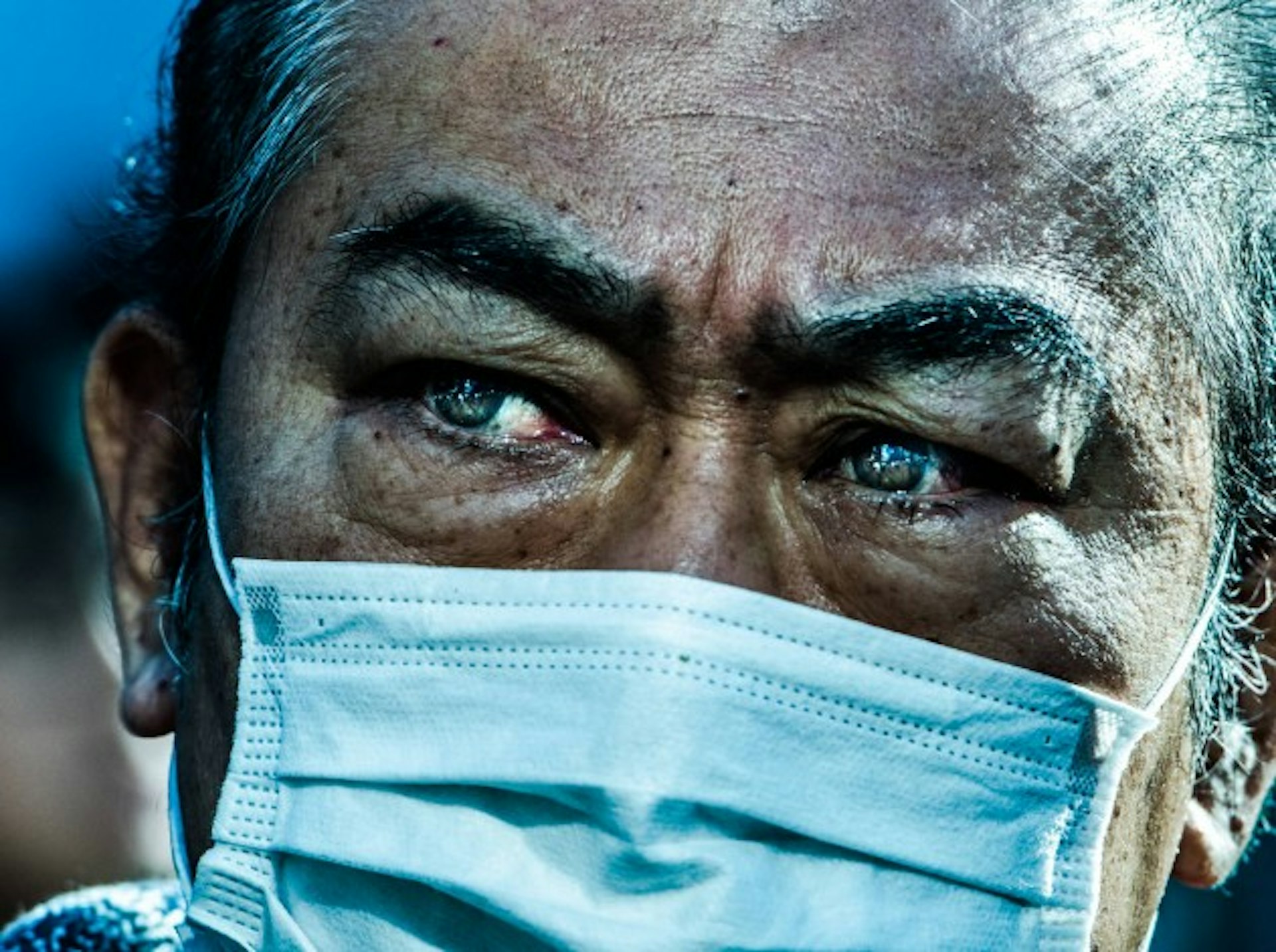
For Tolstoy, visiting from London, the sight of such uniformity among the sprawling, frantic crowds made for an interesting visual juxtaposition. So, every day, from about 6am, the London-based photographer made his way down to the crossing and set up camp until darkness fell. Camera in hand, he’d make his way through the thousands of people that passed through, photographing mask wearers and stopping with them to discuss their reasons behind it.
While some of their replies were ones he’d come to expect (“air pollution, or they were ill”), the vast majority of responses took Tolstoy by surprise. In fact, he learned that much of the time, the people of Tokyo were putting on the distinctive white mask because they wanted to disappear.
“They all had their reasons. Some [saw it as] makeup, because they didn’t like their skin. Other people said they didn’t like their lips, or their chins,” he explains. “They didn’t want to stand out – they wanted to become a part of the crowd.”
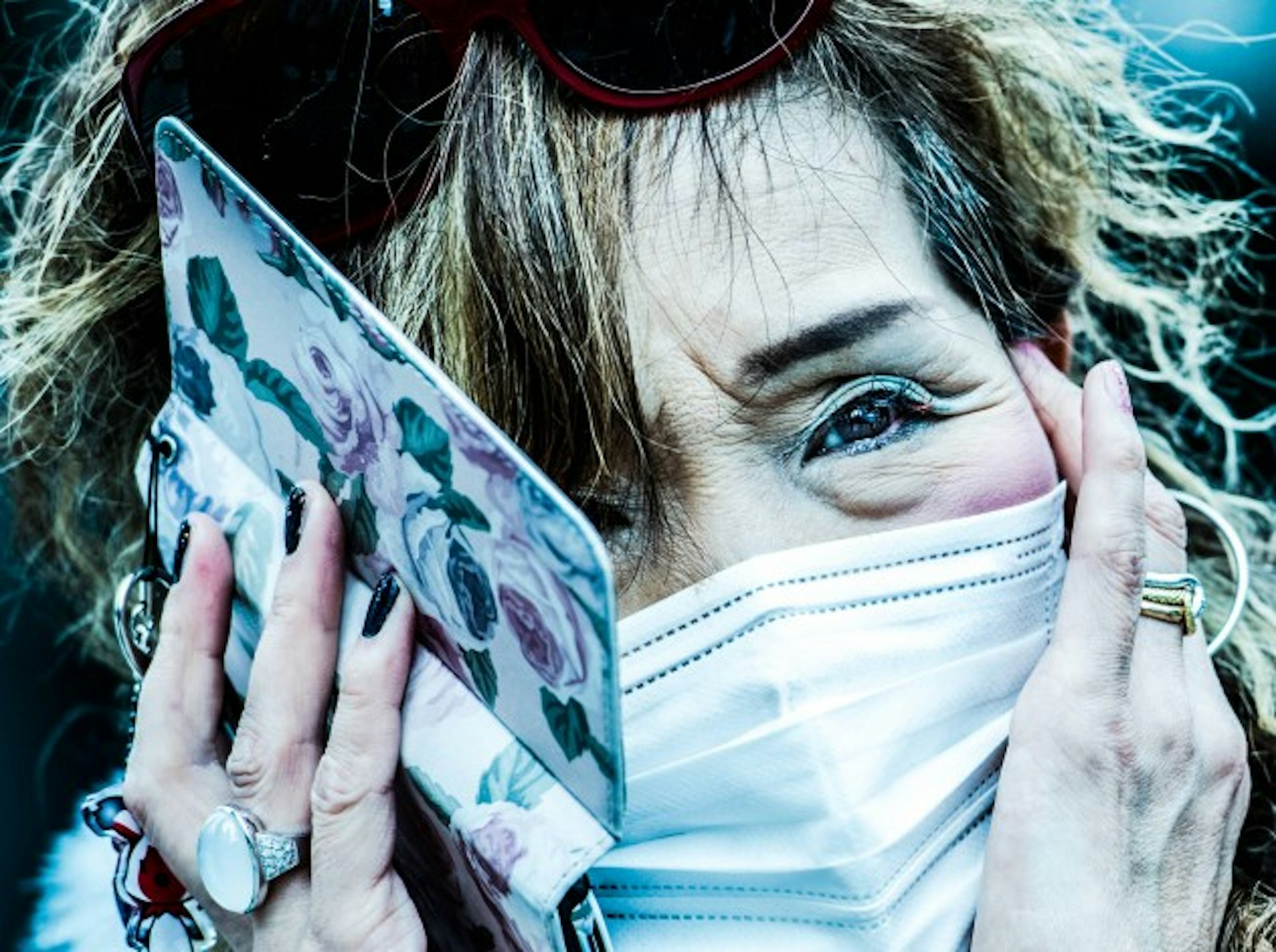
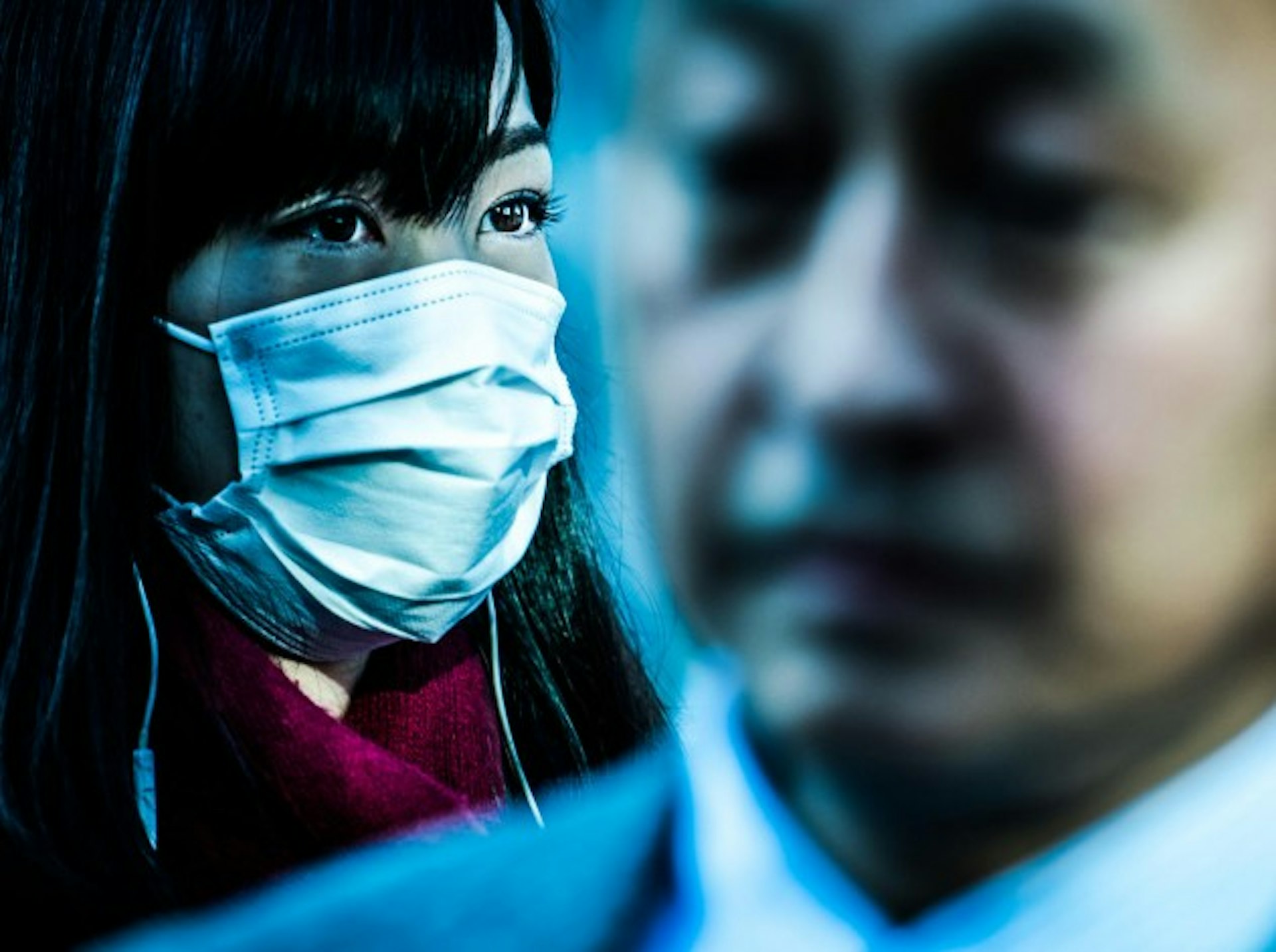
For many of the people Tolstoy spoke to, the mask operated as a protective device. Be it fear, insecurity or a general desire to go unacknowledged (some of the people he spoke to were online celebrities, who didn’t want to get recognised by fans on the street), wearing it enabled them to go unnoticed. “The more uniform you become, the more you just blend in.”
His subsequent series – titled Shibuya Unmasked – gathers the portraits Tolstoy took during his time there, displaying them as stretched billboard crops that share the visual attributes of a surreal fashion campaign. Utilising the city’s unique natural light and playing with the idea of anonymity in one of the world’s busiest locations, the images question the notion of disappearing in the modern age.
“The more I found this emotion in their eyes and skin, the more you began to see the person come out from underneath the mask.”
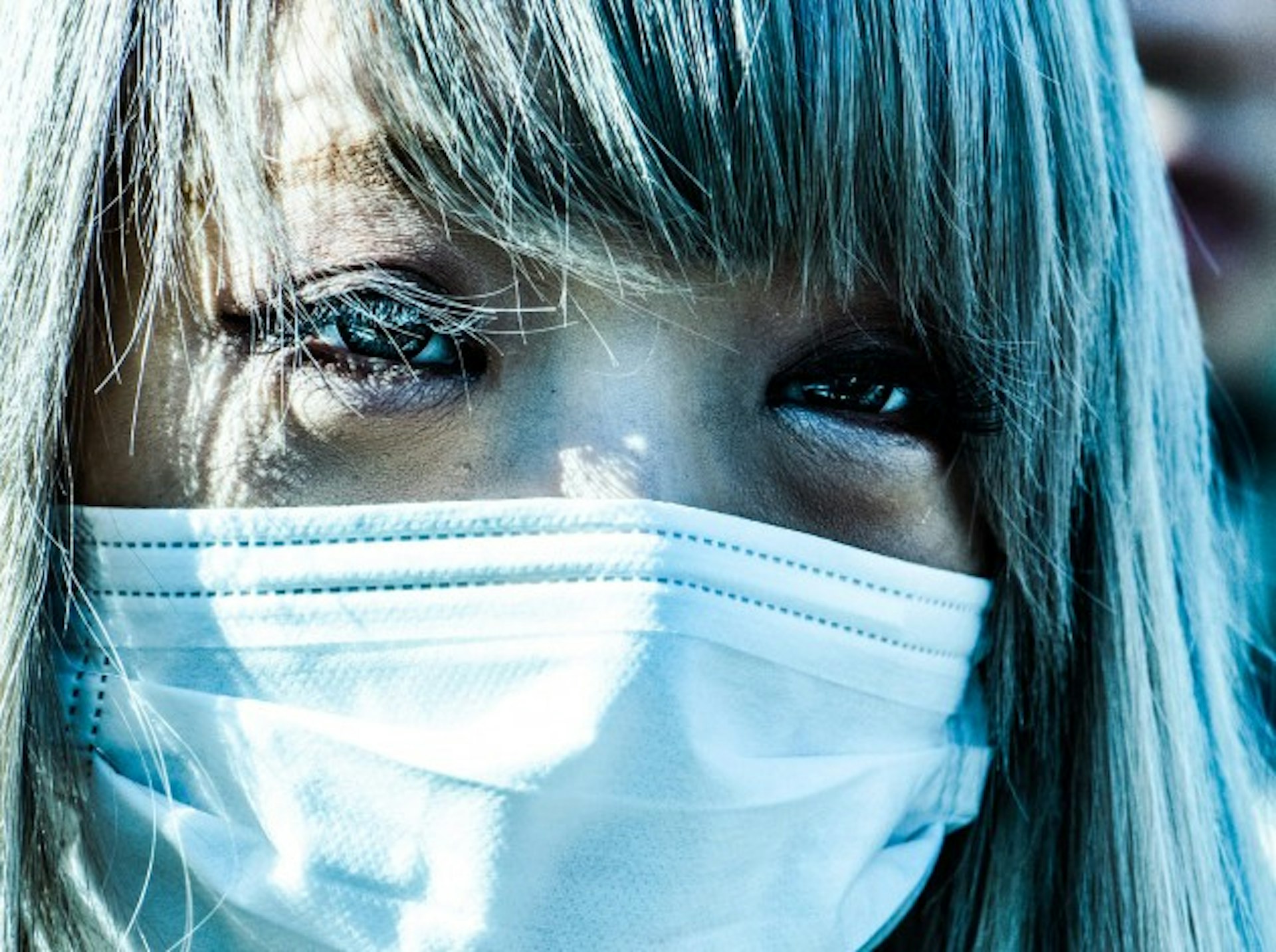
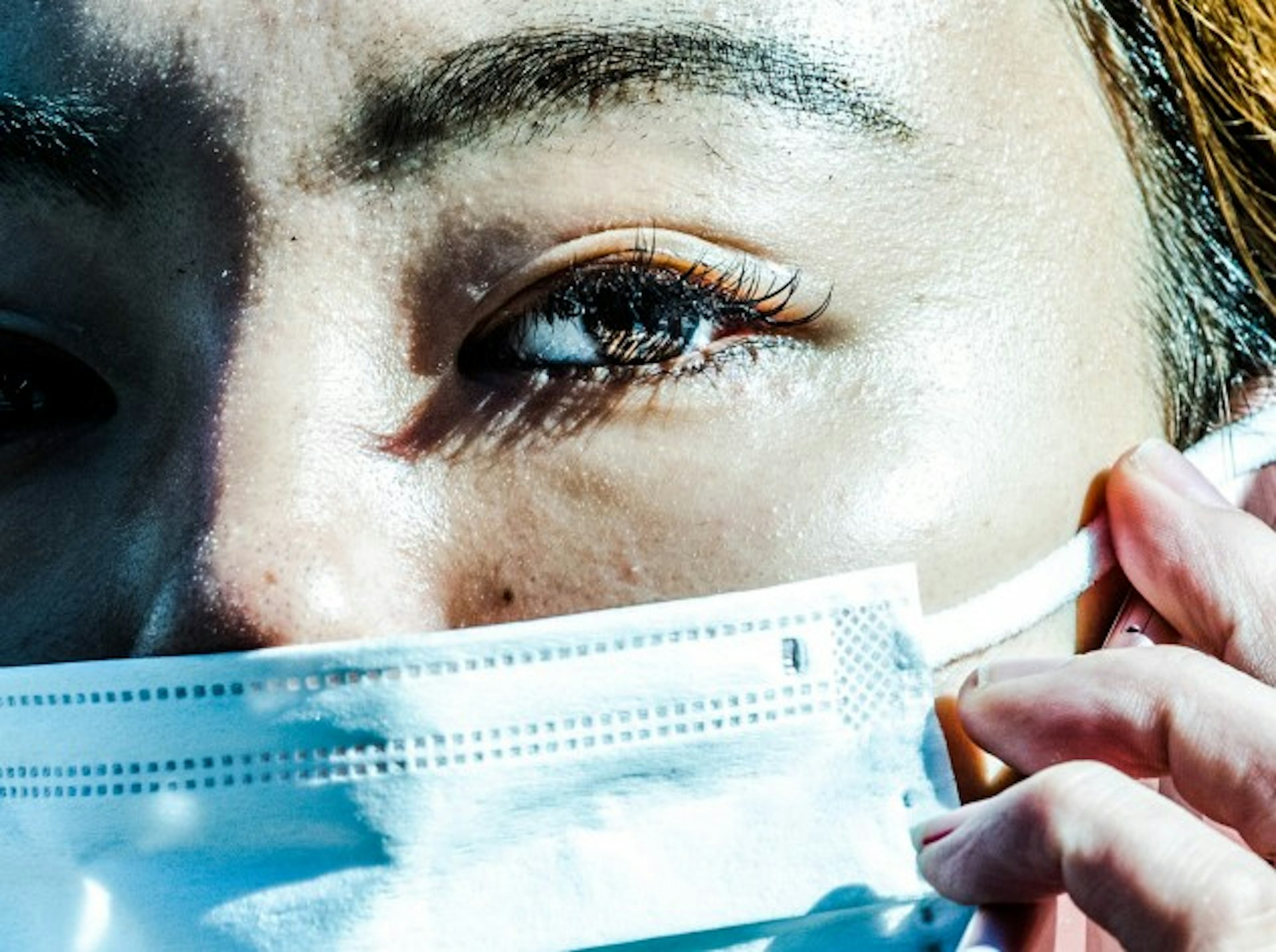
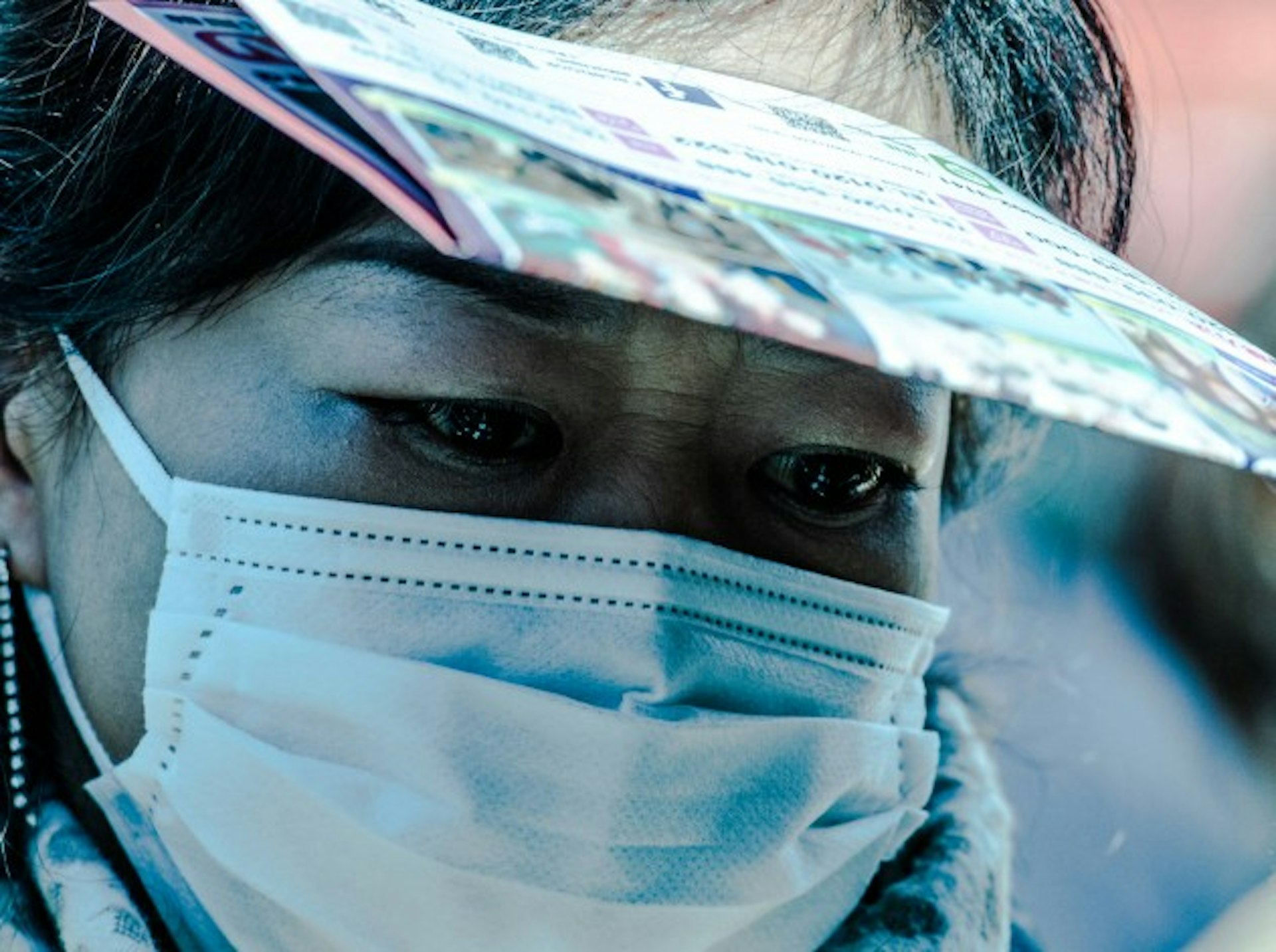
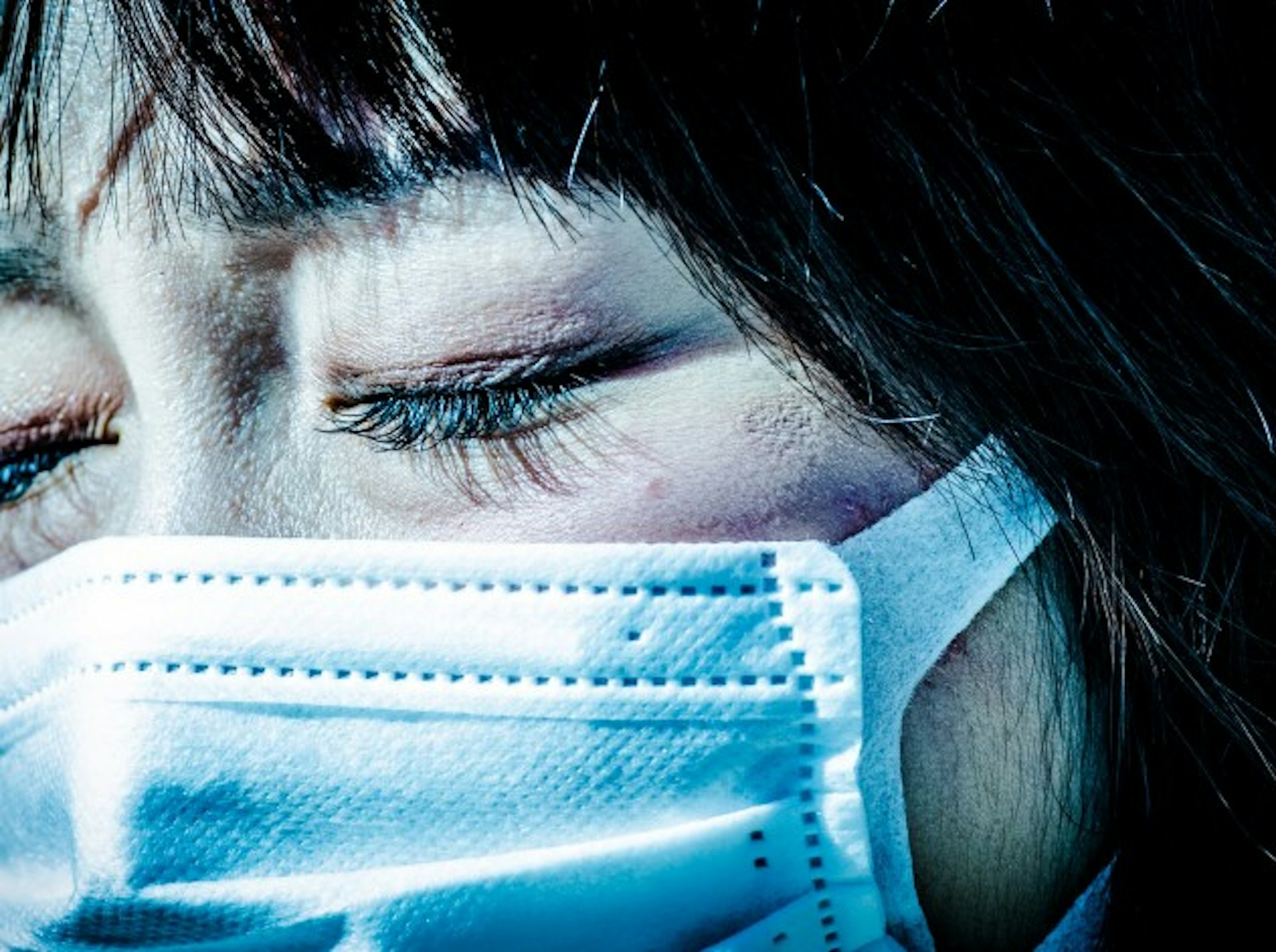
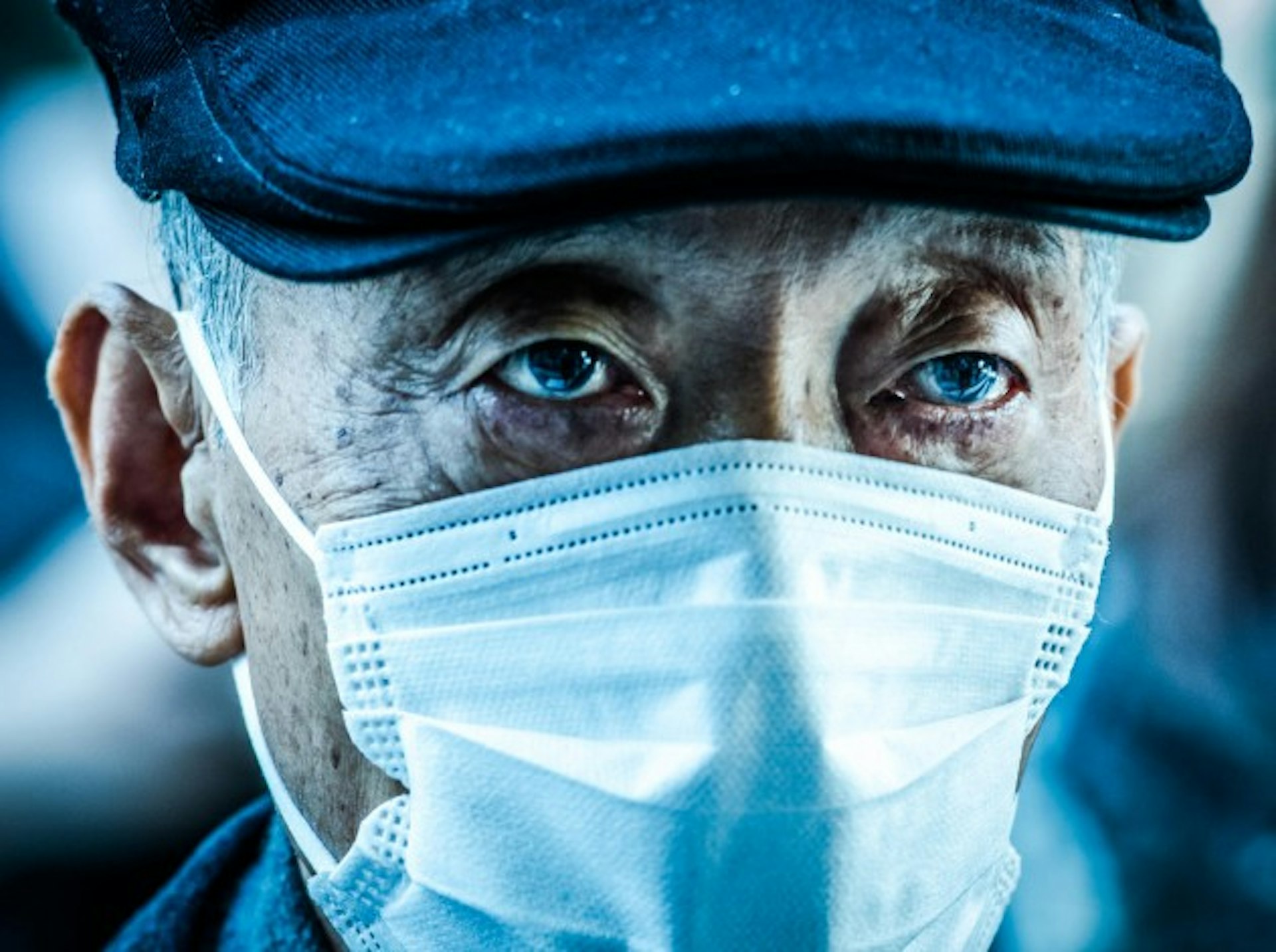
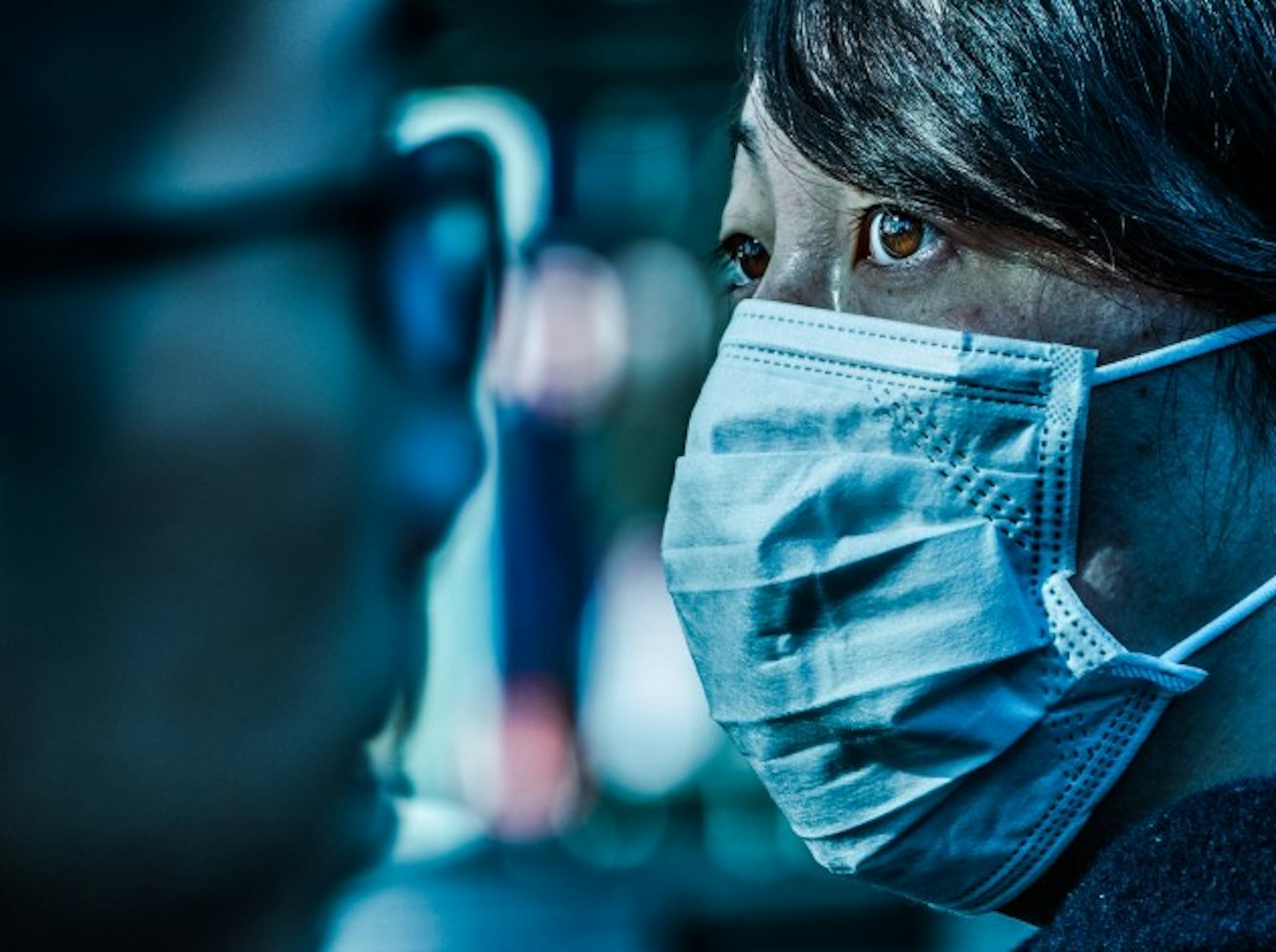 See more of Oleg Tolstoy’s work on his official website.
See more of Oleg Tolstoy’s work on his official website.
Enjoyed this article? Like Huck on Facebook or follow us on Twitter.
